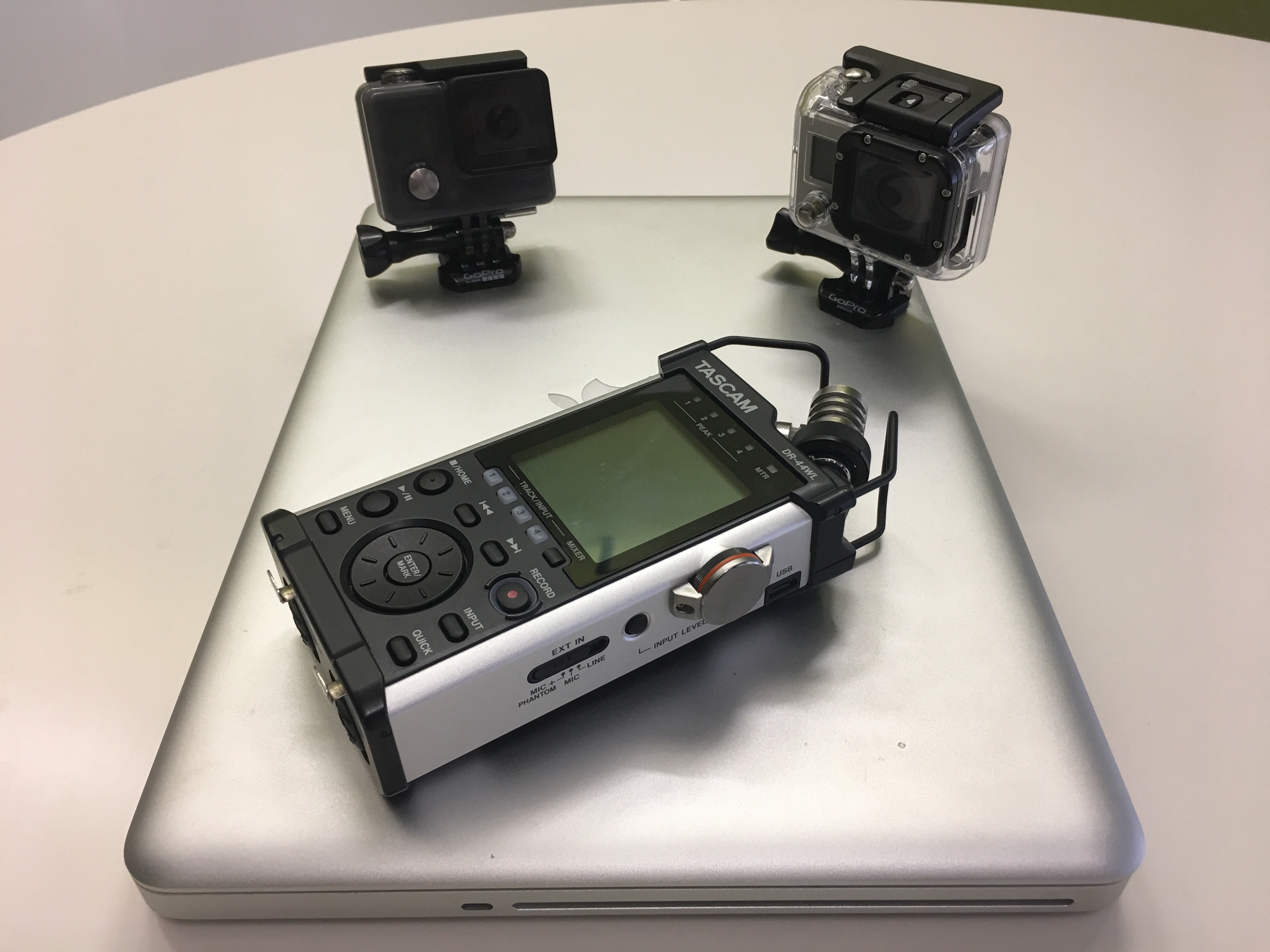An excellent tool for understanding the user experience is the humble usability lab. This exploratory technique has deep roots in qualitative research and, when conducted correctly, can provide a vital portal into the mind of the user.
Like any tool, usability labs are not without their limitations and understanding those can make or break a project.
What’s A Usability Lab?
At its core, it is a task-based approach to research featuring a moderator/observer and a study participant (the user). The moderator asks the user to perform specific tasks on the target website or app and observes and records any challenges the user encounters.
It sounds simple, but many potential pitfalls can throw the findings.
The Test Materials
Although labs typically focus on websites (both mobile and desktop) and apps, you can test these things at literally any point in the development cycle.
- Fully launched websites
- Websites in progress
- Clickable prototypes
- Paper designs
- Wireframe mock-ups
The Breaking Point
Different stages of development are going to yield different levels of insight. A paper prototype might be harder for a user to relate to because they are lacking the tactile experience of using an actual device. Feedback about animated elements of the user interface (UI), for example, will be limited and we will not be able to test individual processes like form completion thoroughly.
However, as long as you understand what limitations the test materials will place on the user experience, you can design the test appropriately and still uncover some fantastic insights.
It is worth noting that while there are distinct advantages to testing paper prototypes, i.e., you have invested no time and money in actual development, there are tools like Invision, Balsamiq and proto.io which radically evolve the paper experience into a mobile or desktop experience - this is great for reinforcing context.
The User
Conducting labs with the website's actual audience will yield the best result. Testing the site with colleagues, or designers and developers will produce very different results than testing with the target audience due to the difference in the thought process. People who work on the project are too close to the material – they will know things that the target audience will not, and this will impact the validity of the test.
The Breaking Point
Not recruiting the right audience or not accounting for sub-audiences will severely impact how useful your labs are. If you are testing a mobile app for a car dealership, you need to be very guided in who participates, e.g., people who are looking to buy a truck in the next 60 days. However, that might not be enough definition.
Do we want to exclude people who do not use their smartphone to hunt for vehicles, or is this an audience of interest to us as a business? What about guys versus gals – do they shop for cars differently? Will Millennials use the app in a different way to Gen Xers? What about buyer-personas? How many interviews should we conduct with each audience?
The list goes on! The point is before you even start user-testing, you need to figure out exactly who you need to hear from, and that might require some serious thought.
The Moderator
Quality in, quality out. A good, experienced and independent moderator is essential in facilitating a useful user experience lab.
The Breaking Point
- Not being trained in the art of conversation – knowing how and when to ask questions (see next point).
- Not knowing the task guide - things do not happen in the order you expect them to. The moderator sometimes needs to go with the flow.
- Not knowing when to let the participant drive down a UX dead end - this is hard since people tend to be helpful by nature, and it is not comfortable to watch a fellow-human get frustrated (especially if you know the solution!).
- Not getting the user to explain their thought process.
- Assuming rather than asking - always clarify!
The Task Guide
You only have about an hour to conduct the research and ask your questions, so you need to be very specific with the user-tasks. The tasks need to be representative of the overall goals of what you want to achieve from a business stand-point. If you only want to focus on the checkout experience, that is fine if you can be confident that is where your issue is.
The Breaking Point
- Not setting the scene - perspective is everything, so devise a scenario. We first look at the topics of focus and then weave an overarching story to link the individual user tasks together.
- Too many tasks. This is easier said than done since internal or external clients usually want to know everything! Separating the need-to-know from the nice-to-know is critical. If there are still too many questions, then you might have to do more labs and split the tasks between them.
- Designing overly-complex tasks - breaking down the tasks into bite-sized pieces is necessary. No-one will remember a longwinded scenario with multiple components!
Conclusion
There's so much more we can write about – business versus user goals, the ideal number of labs, UX reporting – but we shall save those for another post. Usability labs play a crucial role in the promotion of a great user experience, and by considering all the above, you will be one step above the competition in designing a fantastic user experience for your audience.
Measuring the user experience is not easy at all, but don't fret! Evolve Research specializes in usability research and would love to help you on your next project. We have conducted UX research all over the nation and world, including Oklahoma, Texas, California, Germany, the UK, and Thailand. Just contact us, and we will get the ball rolling!
More Like This
Posted by EvolveKev

Kevin is all about research. Qualitative, quantitative, UX, you name it. When he's not researching, he's to be found laying down beats in his studio and hanging out with his dogs (and girlfriend). Woof.



